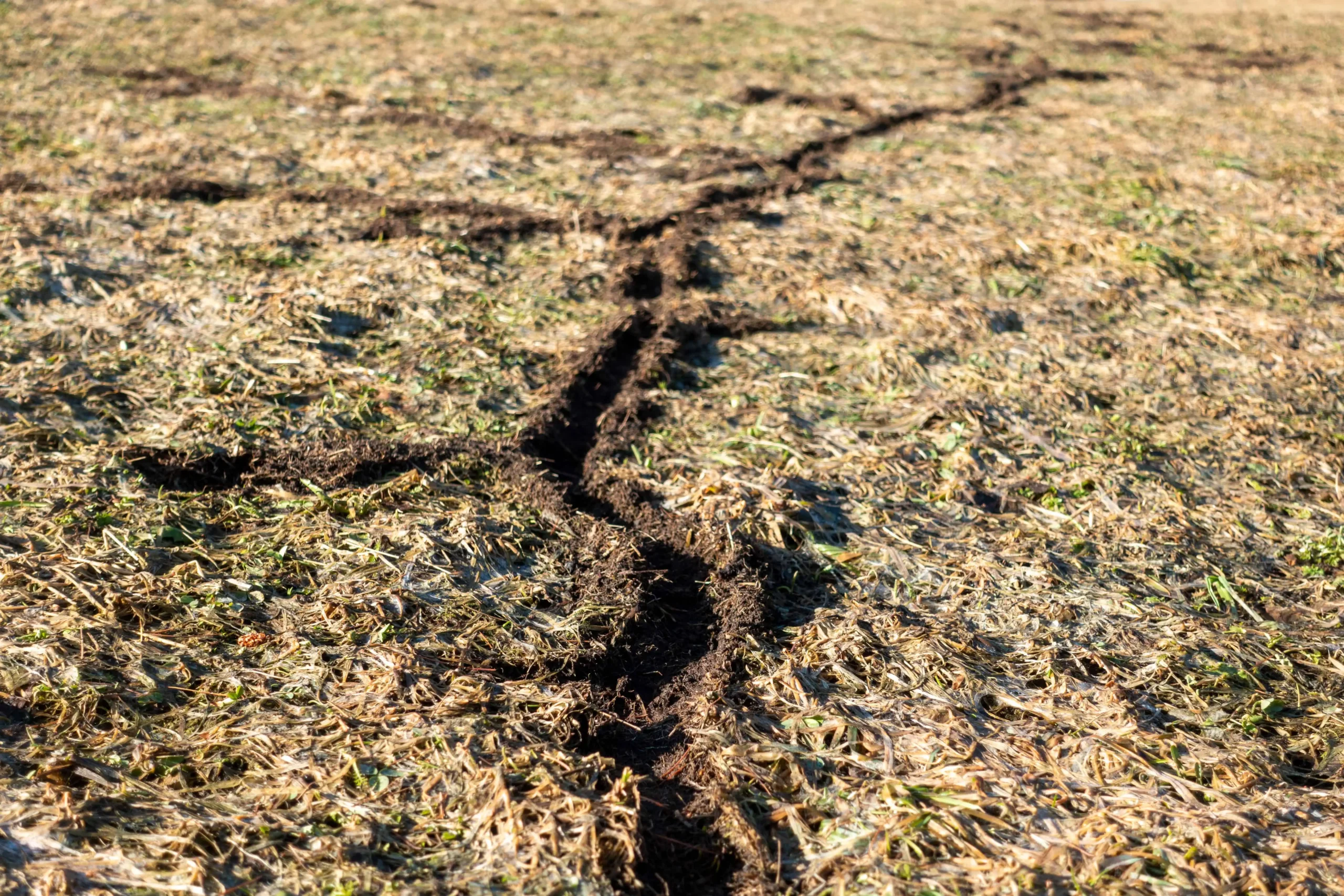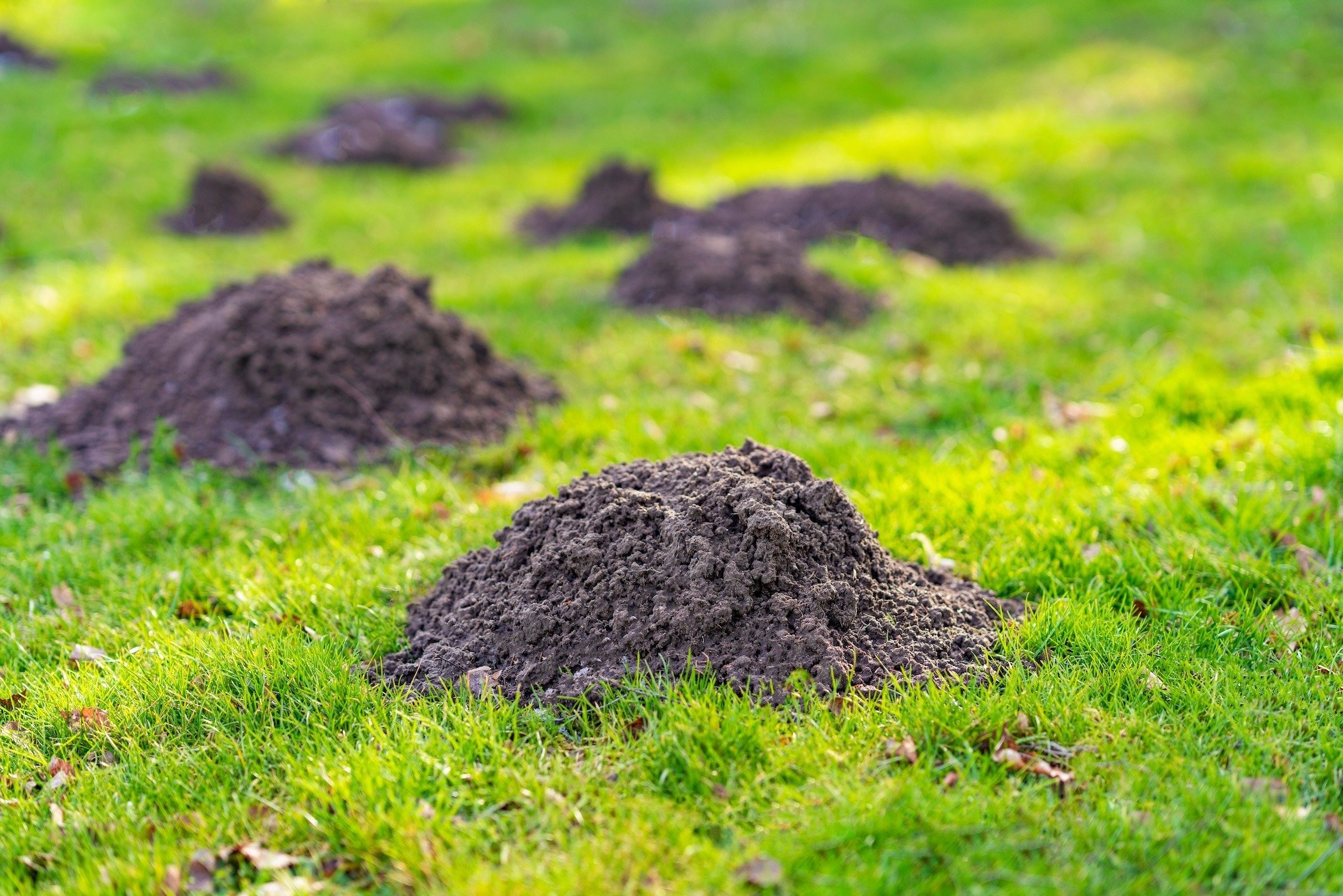Comprehensive Guide to Efficient Vole Bug Control: Infestation Recognition and Therapy Approaches
In the world of effective pest control, vole invasions posture a special obstacle that demands a tactical strategy. By checking out the subtleties of vole habits, comprehending crucial signs of invasion, and evaluating a range of control options, one can establish a comprehensive method to deal with these elusive parasites.
Comprehending Vole Habits
Vole actions is defined by their burrowing practices and rapid recreation prices, making them a challenging parasite to regulate effectively. Their fast reproductive price additional complicates control initiatives, with ladies capable of generating numerous trashes in a solitary year, each consisting of a number of children.
Voles are most energetic throughout the morning and night hours, spending most of their time foraging for food. Their delving routines not only interrupt yards and gardens but also make them testing to get rid of and discover. Comprehending vole habits is critical for efficient insect control approaches. By identifying their burrow areas, keeping track of feeding locations, and implementing targeted control techniques, such as capturing or environment alteration, vole invasions can be managed efficiently.
Indicators of Vole Problem

Prevention Approaches
Executing effective prevention approaches is vital in decreasing vole infestations and safeguarding plants from their devastating feeding habits. To prevent vole invasions, it is vital to start by eliminating possible food sources and sanctuary.
Consistently examining the residential or commercial property for indicators of vole task, such as runways and tunnel openings, is critical for early detection and punctual action. If vole task is presumed, consider utilizing catches or repellents tactically put near their pathways. Utilizing natural predators like serpents or owls can likewise help maintain vole populaces in check. By carrying out a combination of these prevention garden enthusiasts, techniques and house owners can efficiently shield their plants from vole damage.
Non-Lethal Control Approaches
To efficiently take care of vole populaces while prioritizing gentle techniques, non-lethal control approaches supply sensible services for decreasing vole damages in landscapes and gardens. One reliable technique is making use of physical obstacles such as equipment cloth or wire mesh to secure susceptible plants. These barriers can be hidden at the very least 12 inches deep and bent at a 90-degree angle to avoid voles from burrowing beneath. In addition, environment alteration can prevent voles by reducing their favored food resources and hiding areas. Preserving a well-mowed lawn, eliminating particles, and keeping vegetation cut can make the atmosphere less appealing to voles.

Lethal Control Options
One reliable method for dealing with vole problems in landscapes and yards includes the calculated usage of lethal control choices. When encountered with an extreme vole invasion that non-lethal methods have actually failed to contain, applying lethal control procedures becomes essential. Overall, when employing dangerous control options, it is necessary to do so responsibly and in conformity with regional policies to properly manage vole infestations.
Conclusion
To conclude, effective vole pest control needs an extensive understanding of vole habits, recognition of indicators of infestation, application of prevention strategies, and usage of both lethal and non-lethal control methods. By incorporating these methods, people can effectively manage vole populations and shield their home from damage. It is essential to attend to vole invasions without delay to avoid additional issues and decrease the influence on the surrounding atmosphere.
Provided the complex passage systems and quick reproduction prices characteristic of voles, identifying the signs of vole invasion comes to be important in reliable bug control. One of the primary indications of vole presence is the existence of surface area runways or trails in lawn or snow, commonly regarding 1-2 vole lawn damage inches vast, produced as voles travel between their burrows and food resources.To effectively take care of vole populations while prioritizing humane approaches, non-lethal control techniques offer practical remedies for minimizing vole damages in landscapes and yards.One reliable technique for attending to vole invasions in gardens and landscapes entails the critical usage of lethal control alternatives. vole yard damage.In conclusion, efficient vole pest control needs an extensive understanding of vole behavior, recognition of indications of infestation, implementation of prevention strategies, and usage of both non-lethal and dangerous control techniques